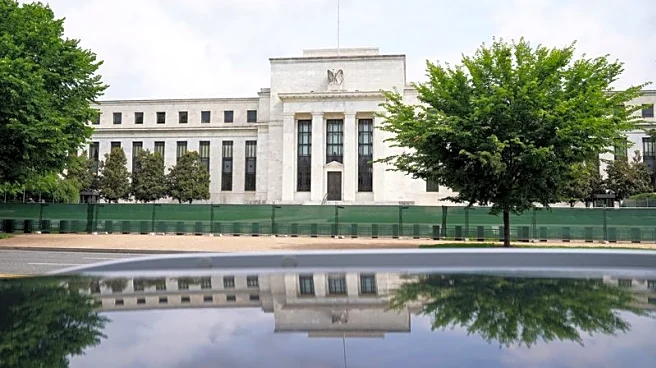What's Happening?
The U.S. Bureau of Labor Statistics has revised its payroll data, indicating that 911,000 fewer jobs were added in the year through March than previously reported. This adjustment suggests a more significant slowdown in job growth, averaging 76,000 fewer jobs per month. The revision has heightened attention on the Federal Reserve, which is under pressure to respond to the slowing labor market. The Fed is expected to consider interest rate cuts in its upcoming meeting, as Chair Jerome Powell has acknowledged increased risks to the job market. The revision has also sparked political debate, with President Trump criticizing previous job data revisions.
Why It's Important?
The revised payroll figures have substantial implications for the U.S. economy and monetary policy. A slower job market could prompt the Federal Reserve to lower interest rates to stimulate economic growth. This decision would affect borrowing costs for businesses and consumers, potentially impacting investment and spending. The revision also plays into political narratives, with President Trump using it to critique past economic policies. Accurate job data is essential for economic planning and policy-making, and the revision underscores the importance of reliable statistics.
What's Next?
The Federal Reserve is expected to announce its decision on interest rates following its two-day meeting on September 17. Market participants widely anticipate a rate cut, which would be a response to the revised job data and perceived economic slowdown. The political ramifications of the revision may continue to influence public discourse, particularly as the 2025 presidential election approaches. Stakeholders will be watching for any further adjustments to job data and the Fed's response to these economic indicators.













